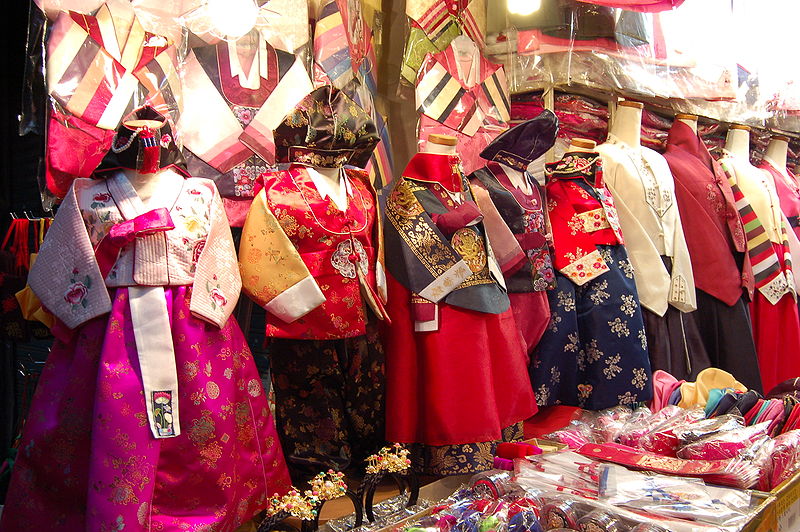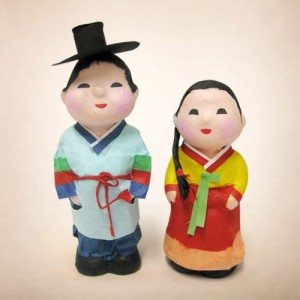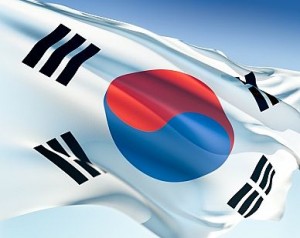My first introduction to South Korea was through my son’s taekwondo class many years ago, where the instructions were taught in Korean. The other cultural export was kimchi, the pickled cabbage and chilli dish known for its fierce pungent spiciness. Now it is all about K-pop artists riding the ‘hallyu’ (Korean wave) in Indonesia, where Korean pop culture is gaining popularity through TV series, movies, pop music concerts, food and fashion.
Over the past decade, South Korea has reinvented itself into an Asian miracle. It has become an innovator, an economy that doesn’t just make stuff, but designs and develops products, infuses them with the latest technology, and then brands and markets them worldwide, with style and smarts.
South Korea has lots to offer in a fine blend of the old and the new. Visitors can choose from the many attractions, the entertainment buzz, handicrafts, fashion and the yummy food. The main themes can be found in Hangeul (alphabet), Hansik (food), Hanbok (clothing), Hanok (traditional housing), Hanji (paper), and Hanguk-Eumak (music). No wonder that over six million tourists visit this vibrant and colorful country every year.
Korean Cuisine: Hansik, meaning Korean food, contains less meat and features a wide variety of fermented foods, assorted vegetable dishes, and rice. Traditionally, the staple rice and kimchi are served with a number of side dishes. In addition to kimchi, bibimbap (boiled rice mixed with vegetables), galbi (seasoned ribs), bulgogi (marinated, barbecued beef), and hanjeongsik(a full-course Korean meal) have made their way out into the world.
Wandering around the streets of South Korea, you can choose from a wide variety of venues and dishes, everything from little old ladies roasting chestnuts on the street corners to pojang macha (covered tents), where you can get a beer or soju (rice or sweet potato ‘vodka’), too.
Traditional Attire: The French call it ‘color of mystique’ and ‘fantasy’. The Hanbok, Korea’s traditional outfit, has rich and vibrant colors. It is a two-piece outfit without pockets and buttons that is closed with strings, belts or cords. The men wear jackets with loose trousers and the women pair the jacket with a long flowing skirt and boat shaped shoes. Hanbok adjusts to modern lifestyle and Korean people love to wear their traditional clothing not only on the special occasions but everyday life.
Arts & Crafts: Hangeul, the Korean alphabet was invented by King Sejong in the 15th century. The fact that all Koreans speak and write the same language has been a crucial factor in their strong national identity.
Hanji, traditional handmade paper from Korea, is made from the inner bark of Paper Mulberry, a native tree that grows well on Korea’s rocky mountainsides. The paper is admired for its unique texture and beauty. It is used to make the famous Hanji paper dolls, other handicrafts, and also for a variety of household goods.
Hanguk-Eumak, traditional Korean music, is unique and has evolved over the millennia. Of the two categories in Korean music, one is meditative and calm, and the other one has upbeat music with quicker rhythms, reminiscent of songs chanted while working. However, the most popular traditional music, such as the very famous Arirang, is sentimental and has a slow rhythm, symbolic of Korea’s sad, traumatic history.
The ideal hanok(traditional Korean house) is designed and built in harmony with the natural environment. An ideal site had appropriate views of the mountains and water and aligned with traditional principles of geomancy.
Religion: Though Buddhism has dominated the ideology over the ages, people have also been influenced by other major religions such as Confucianism, Christianity, and Shamanism. The Korean ideal is to reach a fundamental a sense of harmony and balance in everything. The national flag also represents this ideology, with a central symbol of the ‘ying and yang’.
Ch’usok, or Harvest Moon Festival, which is held on the 15th day of the Eighth Moon according to the lunar calendar is the most important Korean holiday. This is usually in September or October and marked by the rising of a full ‘Harvest Moon’. Ch’usok is an ancient holiday dedicated to the ancestors. Families gather from all over the country and overseas for the holiday.
The South Korean culture is fascinating and the people are very gracious and warm. Centuries-old Confucian principles of dedication to hard work and a devotion to family and society still govern the daily lives of Korean people. From casual greetings, to visits, to table manners they do have a list of do’s and don’ts for people to follow. Respecting elders is an important part of the etiquette in South Korea.
South Korean culture revolves around its traditional clothing, dance and of course Korean music, be it traditional or the modern day K-pop. While the country is modernizing at a runaway speed, its traditions and customs are still rooted in the past. Social relations may be grounded in ancient Confucianism but South Korea is most decidedly a forward-thinking country thanks to its insatiable appetite for technological advancement and an indomitable can-do attitude. That’s what makes South Korea so exciting; a country of endless possibilities.








Poonam, you have covered it very concisely. It’s elaborate but not irrelevant. I have been to Korea, but didn’t have much knowledge of quite a few aspects you have covered.
Keep up the great work!
Thanks Priya. What did you think of Korea? and any plans of visiting Indonesia in the near future?
Hugs,
Poonam